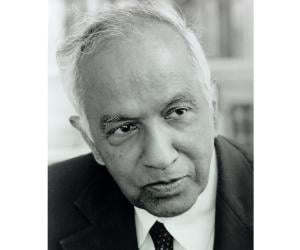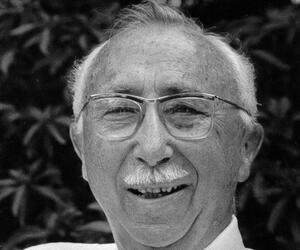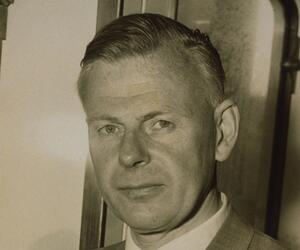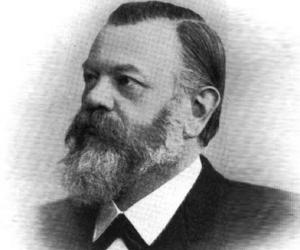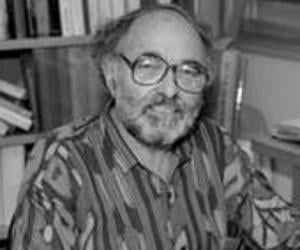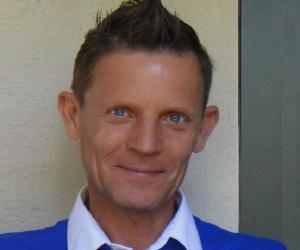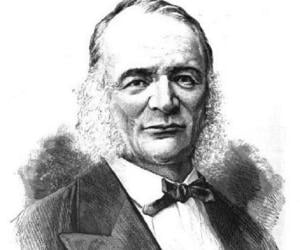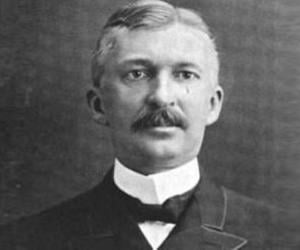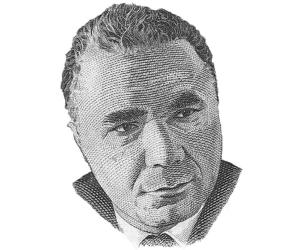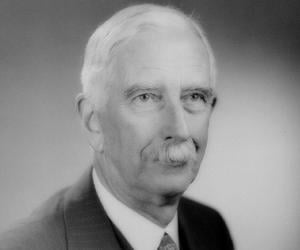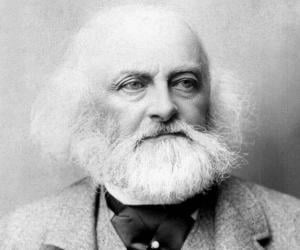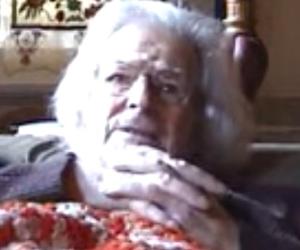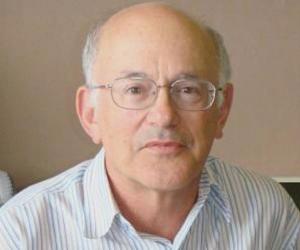Quick Facts
Died At Age: 84
Family:
Spouse/Ex-: Lalitha Chandrasekhar
father: and Chandrasekhara Subrahmanya
Physicists Mathematicians
Died on: August 21, 1995
place of death: Chicago, Illinois, United States
Grouping of People: Nobel Laureates in Physics
Ancestry: Indian American
Cause of Death: Heart Attack
City: Lahore, Pakistan
More Facts
education: Trinity College, Cambridge, University Of Madras
awards: Nobel Prize in Physics (1983)
Adams Prize (1948)
Padma Vibhushan (1968)
Childhood & Early Life
Chandrasekhar was born as one of the ten children of Chandrasekhara Subrahmanya and his wife Sitalakshmi, into a Tamil family in Punjab, India. His father was working as a Deputy Auditor General of the Northwestern Railways at that time.
As the eldest of four sons, he was expected to follow in his father’s footsteps and get a government job. But young Chandra was more inclined towards science, inspired by his paternal uncle, Sir C. V. Raman.
He attended the Hindu High School, Madras, from 1922-25 after receiving his primary education from tutors at home. In 1925 he enrolled at Presidency College, Madras, where he remained till 1930, writing his first paper, ‘The Compton Scattering and the New Statistics’ in 1929.
In June 1930 he received his B.SC. (Hon.) in Physics following which he was awarded a Government of India scholarship to pursue graduate studies at the University of Cambridge.
It was during his time in England that he became enamored with the concept of white dwarf stars. He began his work in the statistical mechanics of the degenerate electron gas in white dwarfs.
He attended the meetings of the Royal Astronomical Society where an acquaintance with Professor E.A. Milne provided much food for thought to the bright young soul. He was invited by Max Born to spend the year of 1931 at the Born’s Institute at Gottingen.
After working on opacities, and model stellar photospheres at Born’s Institute, he moved on to the Institute for Theoretical Physics in Copenhagen for his final year of studies.
He earned his PhD degree at Cambridge in 1933 and was elected to a Prize Fellowship at Trinity College for the period 1933–37.
Career
He was appointed as Assistant Professor in the University of Chicago in January 1937 on the recommendation of Dr. Otto Struve and President Robert Maynard Hutchins.
Chandrasekhar remained at the University of Chicago for his entire career, spanning almost six decades. He was made an associate professor in 1942 and a full professor in 1944.
In 1947 he was appointed the Distinguished Service Professor of Theoretical Astrophysics and became the professor emeritus in 1985.
He served as the editor of ‘The Astrophysical Journal’ from 1952 to 1971 and under his editorship converted the private journal into a National Journal of the American Astronomical Society.
Throughout his career he worked not just at the University of Chicago, but also later at NASA’s Laboratory for Astrophysics and Space Research which was built in 1966.
Even during his last years he kept himself extremely busy in the pursuit of newer scientific objectives. In 1990 he had begun the work on a project on the detailed geometric arguments in Sir Isaac Newton’s ‘Philosophiae Naturalis Principia Mathematica’.
Major Works
He is best known for discovering the ‘Chandrasekhar Limit’ with which he proved that there is a maximum mass which can be supported against gravity by pressure made up of electrons and nuclei. The most amazing thing about this discovery is that he came up with it while he was still a student.
Awards & Achievements
In 1968 he was honored with the Padma Vibushan, the second highest civilian award of India for his exceptional and distinguished services to the field of science.
He was jointly awarded the Nobel Prize in Physics in 1983 along with William A. Fowler for his work on the structure and evolution of stars. He was however upset that the citation mentioned only his earliest work and not his later ones.
Personal Life & Legacy
He met Lalitha Doraiswamy while he was at the Presidency College in Madras and the two struck up a deep friendship which soon blossomed into love. The couple married in September 1936 and shared many years of marital bliss. They did not have any children.
He died in 1995 of a heart attack and was survived by his wife of many years.
Facts About Subrahmanyan Chandrasekhar
Subrahmanyan Chandrasekhar was a brilliant scientist who won the Nobel Prize in Physics in 1983 for his groundbreaking theoretical work on the structure and evolution of stars.
Despite his many scientific achievements, Chandrasekhar also had a keen interest in literature and music, and he was known for his love of poetry and classical music.
Chandrasekhar was a dedicated teacher and mentor to countless students and colleagues throughout his career, inspiring many to pursue careers in physics and astronomy.
In addition to his scientific work, Chandrasekhar was also an avid tennis player and enjoyed playing the sport in his free time.


